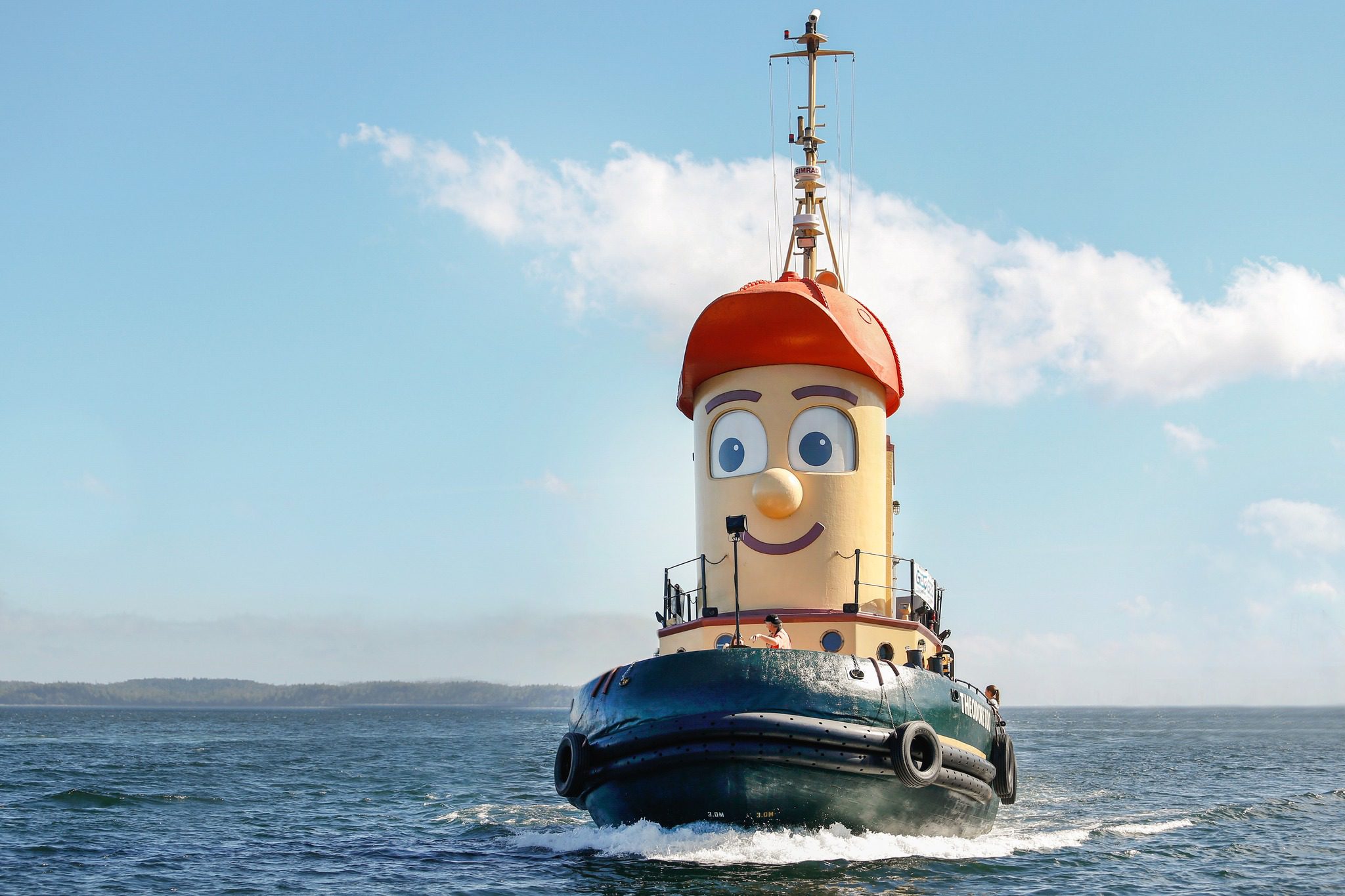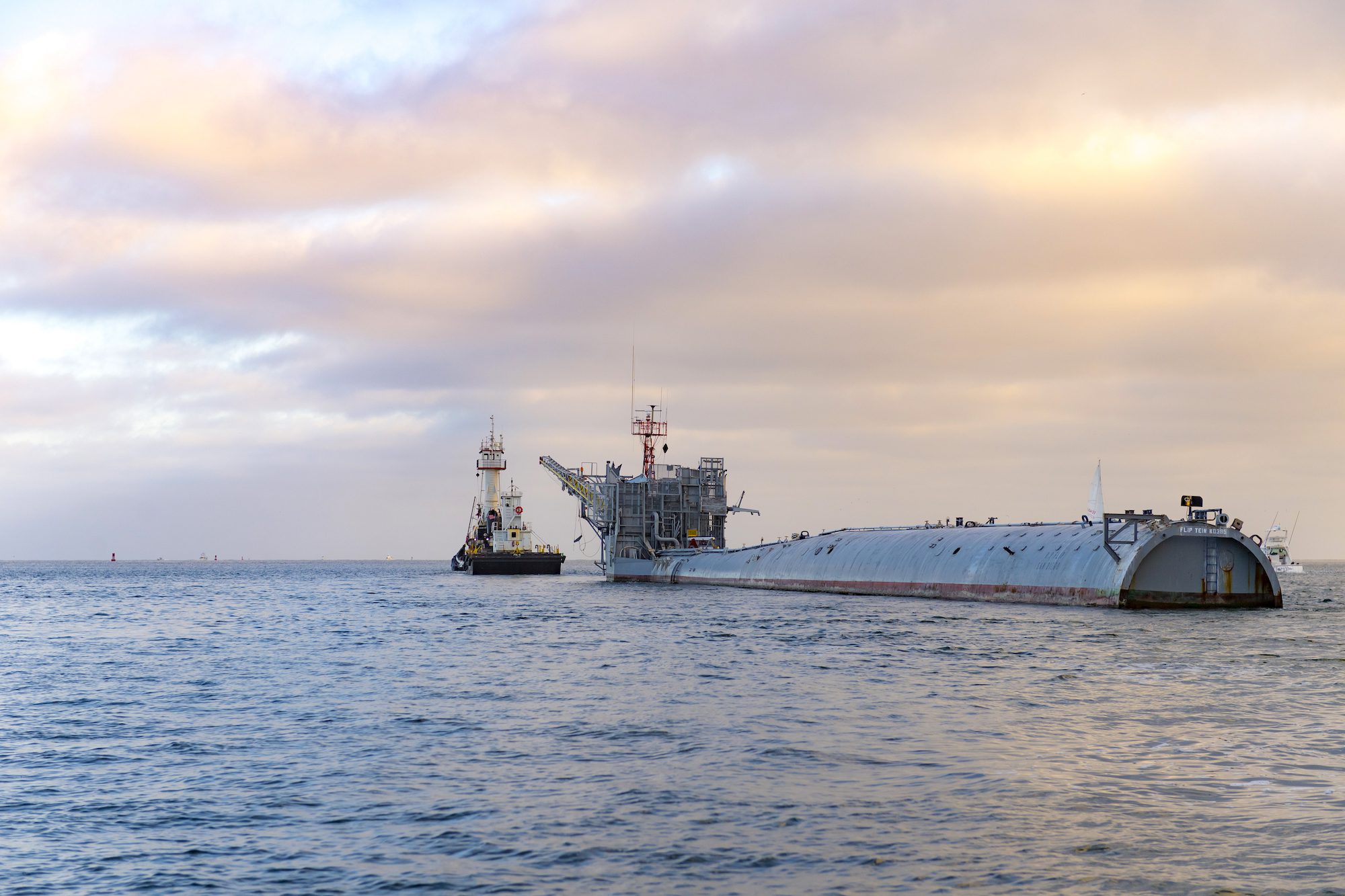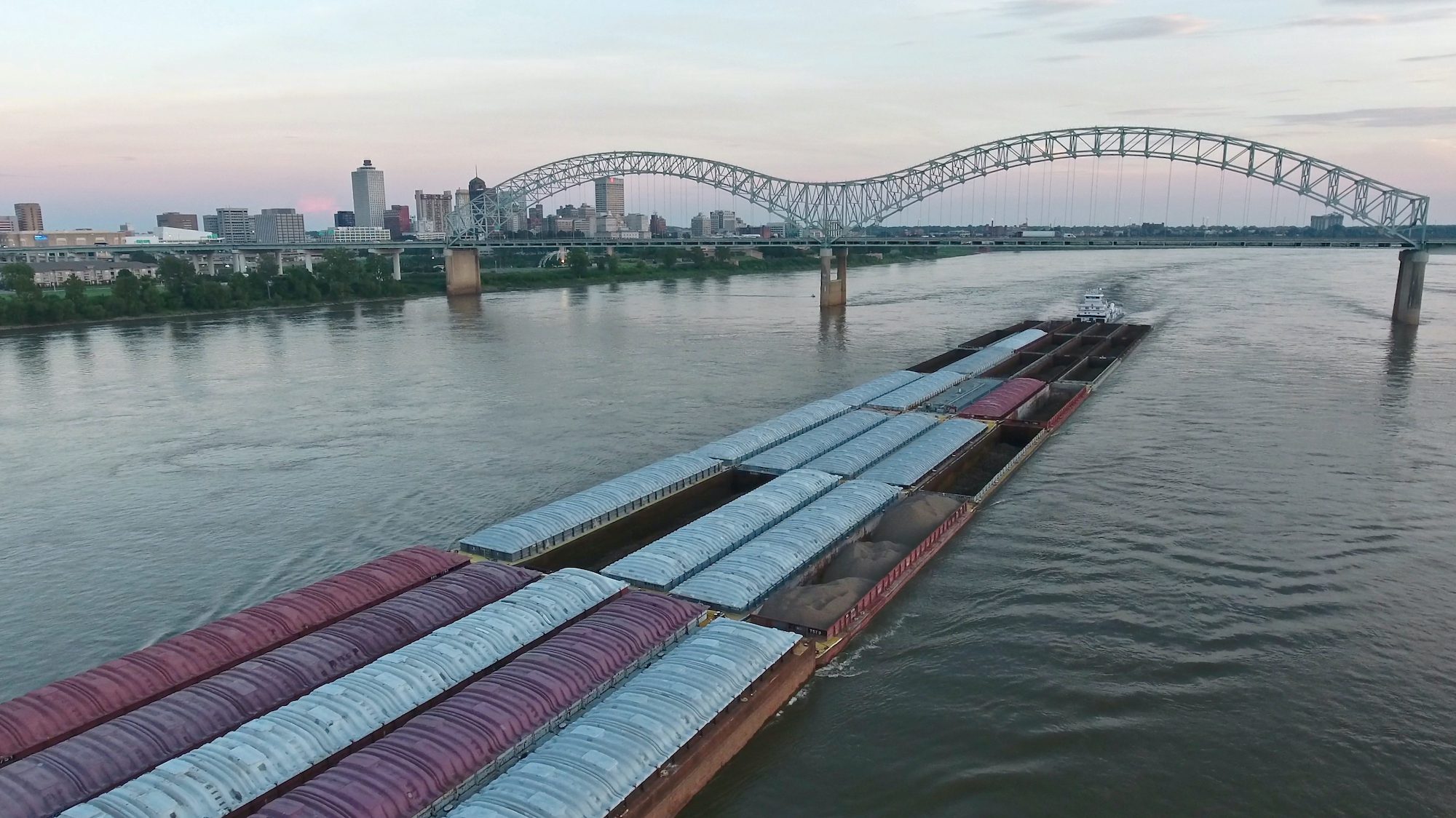Photo: d13 / Shutterstock
Shortly after graduating SUNY Maritime College in 2000 I was required to enroll in a Bridge Resource Management before I could sail on my new US Coast Guard Third Officers license. BRM training came from the aviation industry’s Crew Resource Management (CRM). This training focuses on group dynamics, leadership, interpersonal communications and decision making. One of the most important concepts in CRM is that it is a process (not just a checklist) to identify existing and potential threats and then develop, communicate and implement plans and actions to avoid or mitigate threats.
The phrases ‘potential and existing threats’, ‘process’ and ‘group dynamics’ are key word choices. There is a significant difference in the attitude and attention of those directed to watch for threats as opposed to BRM’s wording, to watch for potential dangers.
As a new Third Mate, I was fascinated by the BRM training and felt empowered to contribute to the bridge team aboard my first ship. Five years later as Chief Mate I enthusiastically taught BRM techniques to new third officers who signed aboard my ship. Then I launch gCaptain and began writing articles about maritime incidents and noticed a pattern… every single incident report contained basic BRM related failures.
In 2011, while writing my book on the Deepwater Horizon incident, I began to notice that it was not just bridge teams that failed to adhere to core BRM practices but engineers, shoreside managers, and even systems and processes.
This began a long process of exploration that culminated with a phone call two years ago with Captain Grant Livingstone a pilot in Long Beach California. The central questions we asked were “Why hadn’t BRM evolved in the last few decades?”, “Why do BRM failures continue to happen.”, and “Can new science help us improve BRM?”
Today we still believe that BRM is essential training but we also believe it needs to evolve. We believe that much of the industry has lost the original intent of BRM and that this material needs to be taught not just to bridge teams but all stakeholders. We also found outdated concepts (e.g. linear thinking, rather than a systematic approach) that are just wrong.
For the past two years, we have conducted over one hundred interviews, read hundreds more research papers and incident reports, and spent many hours on the bridge of ships testing these theories. Finally, we brought numerous actively-sailing masters into the classroom and simulator and taught them our methods. The feedback was enthusiastic.
Captains Grant Livingstone, John Merrigan and I are proud to bring you our first product. A short paper that provides a new look at Bridge Resource Management.
Bridge Resource Management 2.0 – Click HERE to download the PDF
©2019, Unofficial Networks, All Rights Reserved

 Join The Club
Join The Club











